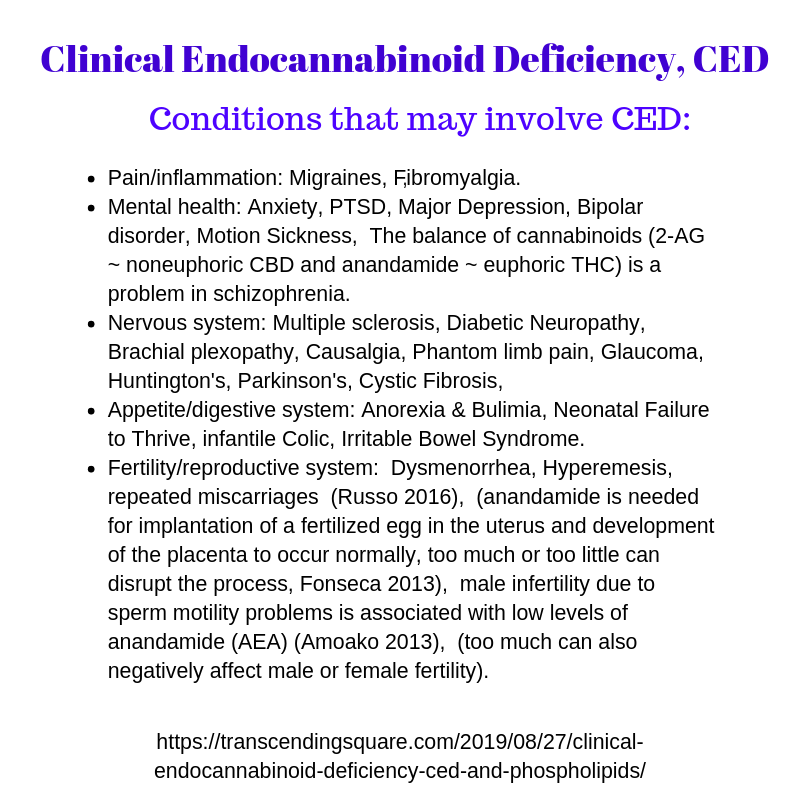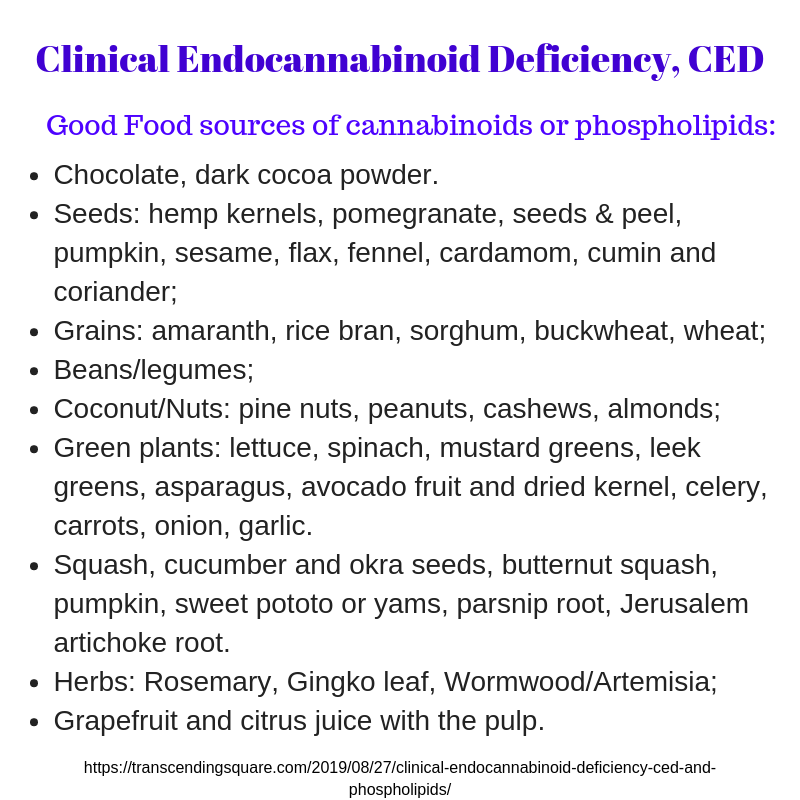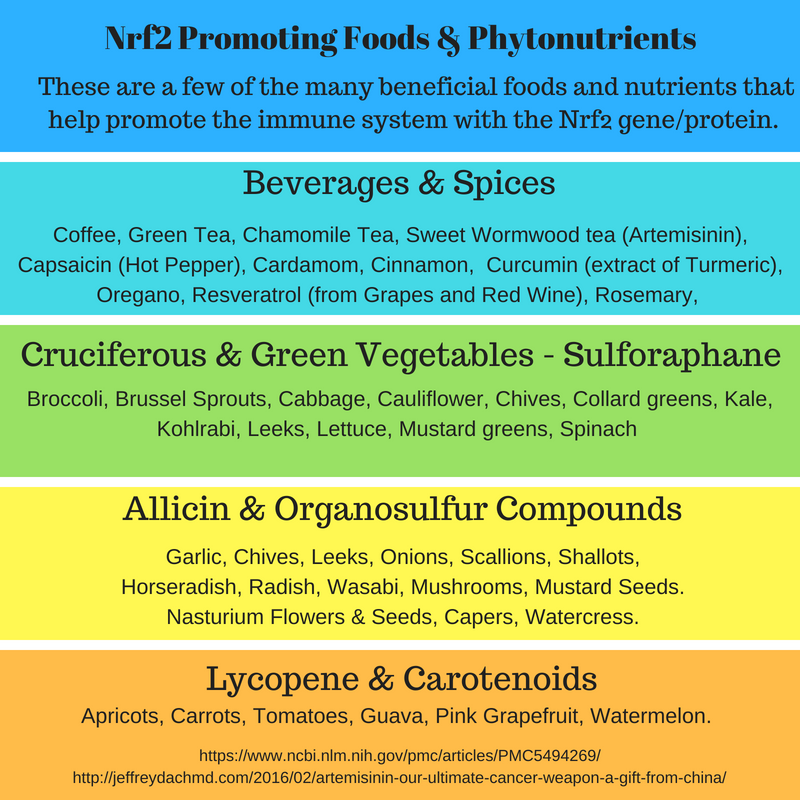The cholinergic system is the network of acetylcholine receptors clustered within certain brain regions which the activation of or inhibition of in total effects most of our actions. More specifically effecting the cholinergic system might cause symptoms of “dry mouth, tachycardia or bradycardia, drowsiness, sedation, and short-term memory loss,” – all potential symptoms that may occur with varying doses of THC, the euphoria causing cannabinoid found in marijuana. (1) Tachycardia is a very rapid heart rate and bradycardia is a very slow rate.
Olanzapine, one of the anti-cholinergic medications mentioned in the last post, causes cannabinoid receptors in the prefrontal cortex to be overactive which would cause a similar effect to that of taking a large dose of THC – a cannabinoid that activates cannabinoid receptors in the prefrontal cortex.
What else does the cholinergic system do?
Acetylcholine has been found to have a large role in memory consolidation – forming memories. Low levels can cause memories to be retrieved (possibly significant in Traumatic Brain Injury, TBI, 3) and high levels facilitate the formation of new memories. Low acetylcholine levels might cause symptoms of perseveration, continuing an action repetitively, not being able to stop an action at the typical time. Damage to the medial septum/vertical limb of the diagonal band (MS/VDB) portion of the cholinergic nerve pathways might also cause perseverative behavior. (2)
Acetylcholine levels are involved in the processing of information for considering uncertainty, possibly for helping with decision making.. The new sensory information is compared to past memories, comparing incoming sensory data to stored memory data , (2) for the purpose of identifying danger or dinner – is the shape seen in the distance more like a tiger to run away from or a gazelle to pursue?
Movement involves a couple neurotransmitters for different aspects of an action. The ability to move requires acetylcholine and the motivation to move involves dopamine. (4) Dopamine is known as the reward neurotransmitter while acetylcholine is more of an action one. Should I start running towards the distant figure or away? Is it a dopamine rewarding delicious dinner of gazelle or a fear inducing tiger? Creeping slowly close enough to be able to tell without startling a gazelle or alerting a tiger would be a dopamine motivated and courageous action to take, acetylecholine would be involved in the decision to take the risk and move closer. Noradrenaline, another neurotransmitter, might also be involved in a decision involving the tradeoff between danger and reward. The neurotransmitters work as a team, see the excerpt included later. (2)
The ability to decide to move closer and to do so would be negatively effected by problems with acetylcholine, noradrenaline, or with dopamine.
What does the Dopaminergic System do? – Parkinson’s Disease & Dopamine.
Parkinson’s Disease is a degenerative disease that may involve epigentic changes in DNA, (4) – some are turned on or off with the removal or addition of methyl groups along the length of the DNA molecule.
- Methyl groups are small, an oxygen and a hydrogen atom, and might also be thought of as a key blocking a door lock so that no other keys can be used to open the door- to activate the DNA for replication into RNA and protein molecules.
Symptoms of Parkinson’s Disease include muscle tremors and difficulty controlling or initiating movements. Walking can be slow and jerky, and hand writing very shaky. The primary degeneration within the brain involves an area that produces dopamine which may then activate dopamine receptors elsewhere in the brain along a dopaminergic network. (2) As the cells that would typically produce dopamine are damaged the body becomes less able to send the dopaminergic nerve signals that would motivate motion. The ‘fight/flight/freeze’ fear response may also be involved, becoming overactive with chronic stress and eventually leaving the body in the ‘freeze’ response. (4)
The problem from having the fight/flight/freeze response in a chronic state of ‘on’ is that it shifts the body into more inflammatory chemical pathways and turns off more restorative toxin removal and growth chemical pathways. One theory about a cause of Parkinson’s Disease (PD) suggests this overactive fear response and resulting underactive detoxification pathways leaves the body with too much of a toxic waste product from dopamine breakdown called dopal, an aldehyde. (4)
PD may result from protective negative feedback loops – the body purposely inhibiting the dopamine producing cells in the brain involved in Parkinson’s Disease in order to stop the increased levels of dopal – or the increasing levels of dopal build up most in the dopamine producing cells and cause their damage or death sooner than in other cells throughout the rest of the body. (4)
Current treatments for Parkinson’s Disease are focused on increasing dopamine levels rather than trying to break down levels of dopal – which may be worsening the degenerative problem overall. (Eckert, thesis 2012, 4) Pesticides may also be a causative factor in PD by causing malfunction of the enzyme (aldehyde dehydrogenase , ALDH) that in normal health would quickly breakdown the toxic dopal aldehyde into less toxic metabolites of the chemical. Some people with Parkinson’s Disease may have a genetic difference making them unable to make a functional form of the enzyme ALDH, so their levels of the aldehyde dopal would be chronically elevated. (4)
Patients with Parkinson’s Disease also tend to have gastrointestinal symptoms and dopamine is also produced in the GI tract. Food sensitivities to other aldehydes can also be common for patients with PD. Perfumes and other chemical scents also contain aldehydes and may also increase symptoms of pain, muscle rigidity, and brain fog (a non-scientific term for cognitive symptoms where thinking may feel fuzzy or clouded compared to normal – I would make a decision if I could get the thought from here to there through this feeling that I’m swimming through molasses, but that seems too exhausting, I will just rest here treading molasses instead). (4)
Brain fog is also a common complaint for people with chronic Candida yeast infections which can be in the GI tract or elsewhere in or on the body. Chronic yeast growth may be involved in risk for Parkinson’s Disease as they generate aldehydes during their growth or decomposition an use up nutrients that the human would need to detoxify aldehydes. (4)
The methylated active form of the B vitamin Folate is needed for detoxification of aldehydes. Someone with a genetic variation that prevents normal methylation could have increased risk for degenerative diseases that involve epigenetic changes which require methyl groups to be added or removed from DNA; and/or be at increased risk for degenerative changes caused by toxin buildup. Folic acid is an unmethylated, not bioactive, form of folate that is used in most supplements and fortified foods instead of folate, the form that would be found naturally occurring in folate rich foods such as beans, peas, and asparagus.
Formaldehyde is a neurotoxin found in smog or smoke and in the diet as a metabolite, produced during aging of the product or during digestion.
Formaldehyde is an aldehyde that is a known toxin. It is a common environmental pollutant in smog or smoke, either from a fire, candle flame, or cigarette. Formaldehye also is released during offgassing of volatile chemicals from vinyl plastic products – i.e. ‘new car smell.’ And it can be found in foods. Formaldehyde is produced chemically during the break down of some food products as they age. Older packages of shelf stable juice can contain a significant amount of formaldehyde. It is also created during the breakdown of the artificial sweeteners called aspartame and Neotame. Aspartame (brand names include Nutrasweet TM or Equal TM) is required to be listed on food labels while Neotame, slightly more concentrated form, is not required to be listed on processed food labels, whether ‘conventional’ or ‘organic’. See a previous post for more guidance about avoiding formaldehyde: Formaldehyde: Heath Risks, Environmental and Dietary Sources, (effectiveselfcare.info).
Returning to the cholinergic system – part of the neurotoxic effects of formaldehyde is due to it having an inhibitory effect on acetylcholine activity. Increased formaldehyde levels leads to an increase in levels of the enzyme that breaksdown acetylcholine, resulting in less of the neurotransmitter being available for stimulating the acetylcholine receptors of nerve cells. (5)
Neurotransmitters work together as a team.
The neurotransmitters also work together as a team in many ways, so problems with one are likely to negatively affect the other’s functions too. All of them are involved in attention abilities and novelty seeking, (2) : knowing where to pay attention – to see if the distant figure is a tiger or a gazelle, and being able to follow its motion; and in looking for newness such as changes in the environment – or is it a lion in the distance and another one just joined the first?
Other neurotransmitters, or neuromodulators as they are called in the following excerpt, include serotonin and noradrenaline. There are other neurotransmitters that do not also function as neuromodulators and other chemicals that act as neuromodulators but are not also neurotransmitters. (
“It is difficult to pinpoint a specific function for each neuromodulator. It has been suggested that dopamine is related to positive value, serotonin to risk aversion, noradrenaline to vigilance, and acetylcholine to attentional effort (Krichmar, 2008). Another theory posits that dopamine is related to reward prediction, while serotonin is related to temporal discounting, and that noradrenaline regulates the exploration/exploitation tradeoff, while acetylcholine controls learning rate (Doya, 2002, 2008).”
(Avery, 2017) (2)
Disclaimer: Opinions are my own and the information is provided for educational purposes within the guidelines of fair use. While I am a Registered Dietitian this information is not intended to provide individual health guidance. Please see a health professional for individual health care purposes.
Reference List
- Domino E.E. (1999) Cannabinoids and the Cholinergic System. In: Nahas G.G., Sutin K.M., Harvey D., Agurell S., Pace N., Cancro R. (eds) Marihuana and Medicine. Humana Press, Totowa, NJ https://link.springer.com/chapter/10.1007/978-1-59259-710-9_22
- Avery MC, Krichmar JL. Neuromodulatory Systems and Their Interactions: A Review of Models, Theories, and Experiments. Front Neural Circuits. 2017;11:108. Published 2017 Dec 22. doi:10.3389/fncir.2017.00108 https://www.ncbi.nlm.nih.gov/pmc/articles/PMC5744617/
- Sherin JE, Nemeroff CB. Post-traumatic stress disorder: the neurobiological impact of psychological trauma. Dialogues Clin Neurosci. 2011;13(3):263–278. https://www.ncbi.nlm.nih.gov/pmc/articles/PMC3182008/
- Dopamine: Aldehyde Poisoning and Parkinson’s Disease, On Thinking Parkinson’s, June 20, 2018, http://www.outthinkingparkinsons.com/articles/dopamine-aldehyde
- Zendehdel R, Fazli Z, Mazinani M. Neurotoxicity effect of formaldehyde on occupational exposure and influence of individual susceptibility to some metabolism., Environ Monit Assess. 2016 Nov;188(11):648. Epub 2016 Oct 31. parameters.https://www.ncbi.nlm.nih.gov/pubmed/27796833



